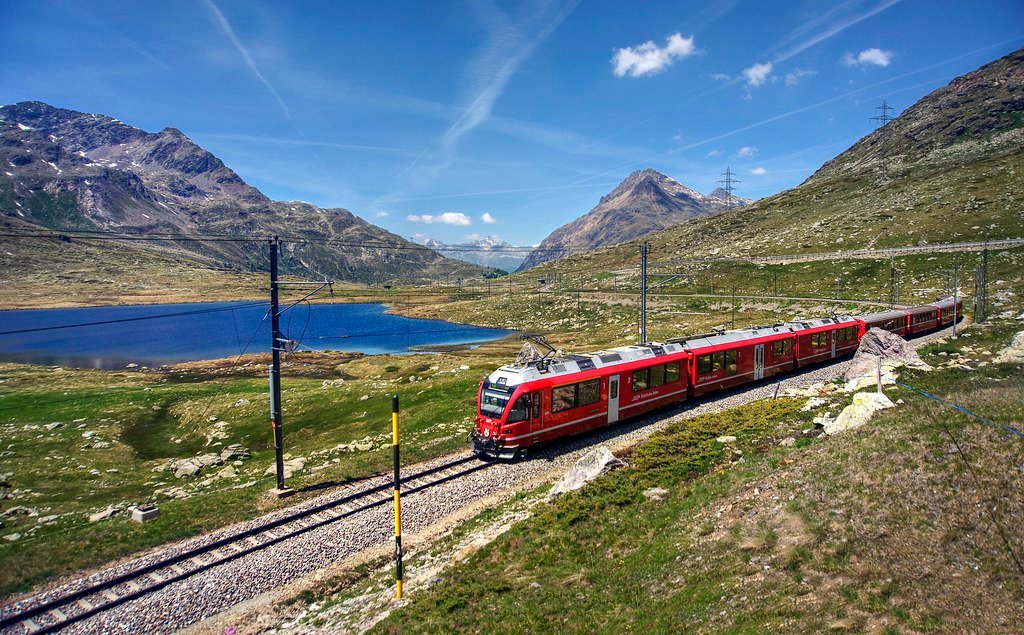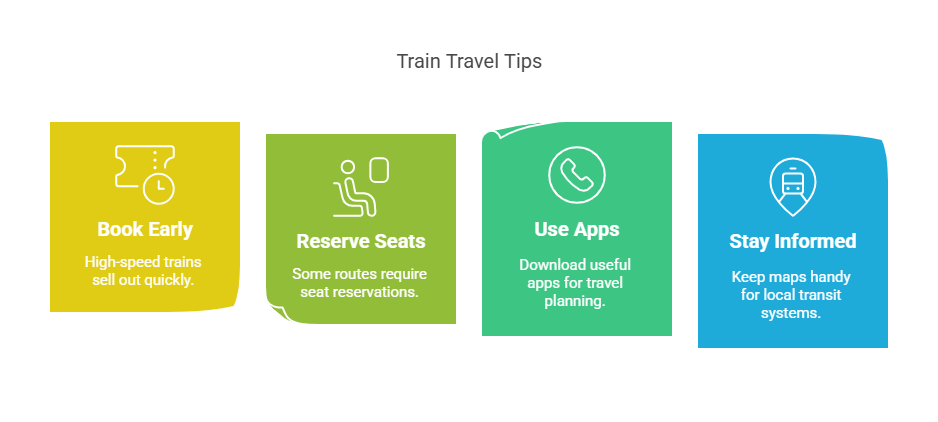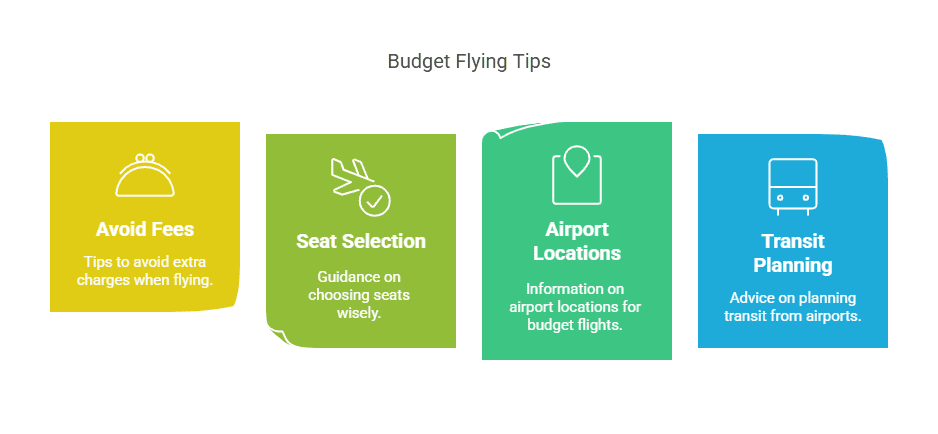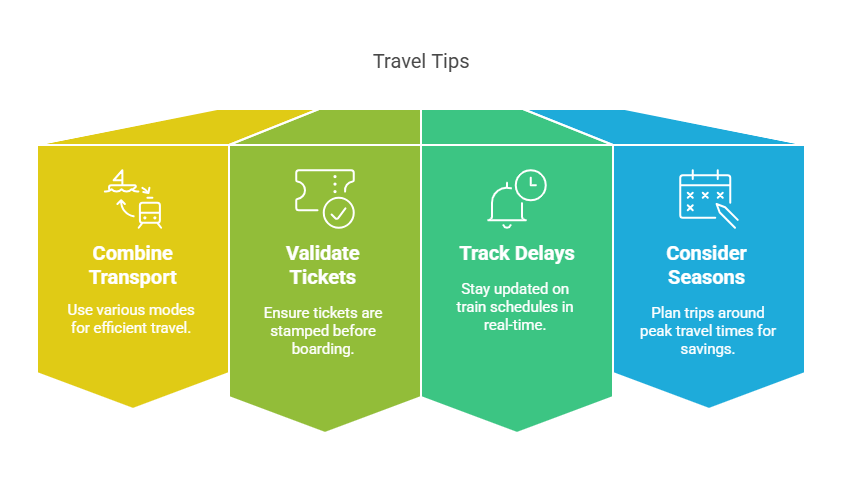Your Guide to Efficient and Affordable Travel Across Europe
Europe’s extensive public transportation systems are a traveler’s dream, offering seamless connectivity between major cities, urban centers, charming villages, and large suburban areas across multiple countries. This guide, part of the Ultimate Guide to Traveling to Europe, breaks down the Public Transportation in Europe, including metro, bus, and rail systems, and the best ways to navigate the continent—from scenic train trips to ultra-cheap flights. Let’s get you moving!
1. Train Travel in Europe

Trains are the heart and soul of European public transportation systems, combining efficiency, comfort, and stunning views. Here’s how to make the most of your rail travel:
Why Choose Trains?

- Scenic Routes: Glide past Swiss Alps, Italian coastlines, and Dutch tulip fields.
- City-Center to City-Center: Skip long airport transfers and enjoy direct metro and bus services.
- Eco-Friendly: Trains emit 75% less CO₂ than planes, making rail travel a sustainable choice.
- Convenient Ticketing: Many European cities offer one-ticket systems for subways, buses, and trams, reducing confusion for travelers. Additionally, cities like London use contactless credit cards or digital wallets for seamless payment, enhancing the public transit experience.
The Eurail Pass: Your Ticket to Unlimited Travel
The Eurail Pass (formerly Eurorail) is a cost-effective ticket system for exploring multiple European countries by train.
How It Works
- Types of Passes: Global Pass: Covers 33 countries’ national rail systems (starts at $211 for 4 days). One-Country Pass: Focus on a single country’s transport system (e.g., Italy Pass from $136).
- Flexibility: Choose continuous travel days or a flexi pass (e.g., 10 days within 2 months).
- Regional Passes: Some areas offer regional passes for enhanced savings on specific routes or groups of countries (e.g., Benelux Pass covering Belgium, the Netherlands, and Luxembourg).
Advise:
Our how to use the Eurail Pass for European travel guide explains seat reservations, night trains, and how to avoid fines when traveling across various European transport systems.
Tips for Train Travel

- Book Early: High-speed trains (e.g., France’s TGV, Spain’s AVE) sell out fast.
- Reserve Seats: Mandatory for some routes (€4–20 extra per ticket).
- Use Apps: Download Rail Planner (offline timetable) and Trainline (booking).
- Stay Informed: Get a printed or offline map of local transit systems, which often include detailed schematics of routes and connections for better urban navigation.
Top Scenic Routes
- Glacier Express (Switzerland): Zermatt to St. Moritz by scenic rail.
- Flåm Railway (Norway): Fjords and waterfalls.
- West Highland Line (Scotland): Harry Potter-esque landscapes.
2. Budget Airlines in Europe
For long distances or tight schedules, Europe’s budget airlines are unbeatable for affordable travel. Here’s how to fly cheaply without regrets:
Why Fly Budget?
- Speed: Cover London to Rome in 2 hours vs. 20+ hours by train.
- Affordability: Flights as low as €10 for budget tickets (yes, you read that right!).
- Accessibility: Budget airlines connect not just major hubs but also smaller cities and suburban regions, providing surprising route diversity for travelers.
Top Budget Airlines
| Airline | Key Routes | Avg. Price | Baggage Policy |
|---|---|---|---|
| Ryanair | Dublin-Paris, Rome-Barcelona | €15–€50 | €40 checked bag |
| EasyJet | London-Amsterdam, Milan-Athens | €20–€70 | Free 56x45x25cm carry-on |
| Wizz Air | Budapest-London, Warsaw-Dubai | €25–€100 | €10–€30 checked bag |
Discover the best budget airlines for traveling Europe in our detailed comparison of Ryanair, EasyJet, and Wizz Air.
Tips for Flying Budget

- Avoid Hidden Fees: Baggage: Pre-pay online (Ryanair charges €60+ at the airport).
- Seats: Skip selection unless you need priority boarding.
- Check Airport Locations: Ryanair’s “Paris” flight lands in Beauvais (85 km from the city).
- Plan Transit from the Airport: Budget flights often use secondary airports, so research onward public transit options, such as shuttle buses or regional trains.
Train vs. Plane: Which Should You Choose?
Factor Train Budget Airline Cost€30–€150 (Eurail Pass saves money on rail tickets) €10–€100 (watch for hidden fees!) Eco-ImpactLow carbon footprint with trains High carbon footprint with airlines ExperienceScenic, relaxed rail travel Fast, no-frills budget flights Best ForShort trips (under 500 km) Long trips (e.g., London-Rome)
Pro Tips for Seamless Travel

- Combine Both: Use trains for regional trips and buses for urban transit, and flights for cross-continent jumps.
- Validate Tickets: Some trains require stamping before boarding (common in Italy and France).
- Track Delays: Use Europilot for real-time train updates.
- Consider Travel Seasons: High seasons like summer or Christmas can see ticket prices spike and packed trains or flights. Book well in advance for optimal prices.
Final Checklist
- ✅ Book train tickets 2–3 months early for the best prices.
- ✅ Download airline apps for mobile boarding passes.
- ✅ Pack light to avoid baggage fees.
Need More Help?
- Dive deeper with our Ultimate Guide to Traveling to Europe.
- Learn how to stretch your budget in How to Travel Europe on $50 a Day.
Bon voyage! 🚄✈️
FAQ
What are the primary modes of public transportation available in Europe, and how do they vary from country to country?
Primary modes of public transportation in Europe include buses, trains, trams, and metros. Variations occur country-to-country: Germany, Austria, and Switzerland excel in integrated rail and bus networks; France is known for its high-speed trains; and the Netherlands emphasizes cycling infrastructure .
How early should I purchase tickets for high-speed trains in Europe to ensure I get the best prices?
To ensure the best prices for high-speed trains in Europe, purchase tickets as soon as they become available, typically 3 to 6 months ahead of travel. Early booking often results in cheaper fares .
What are Eurail and Interrail passes, and who can use them to travel across Europe?
Eurail passes are for non-European citizens or residents, offering unlimited travel in specific European countries. Interrail passes are for European citizens or legal residents, allowing unlimited travel across most of Europe, except in their country of residence .
What are some tips for navigating urban public transportation systems in major European cities?
Use mapping apps like Citymapper for real-time schedules. Buy city-specific passes for discounts on transport and attractions. Familiarize yourself with metro systems and major transport hubs. Avoid buses during rush hour and opt for trams for scenic views. Research local ticketing options and passes to save money.







